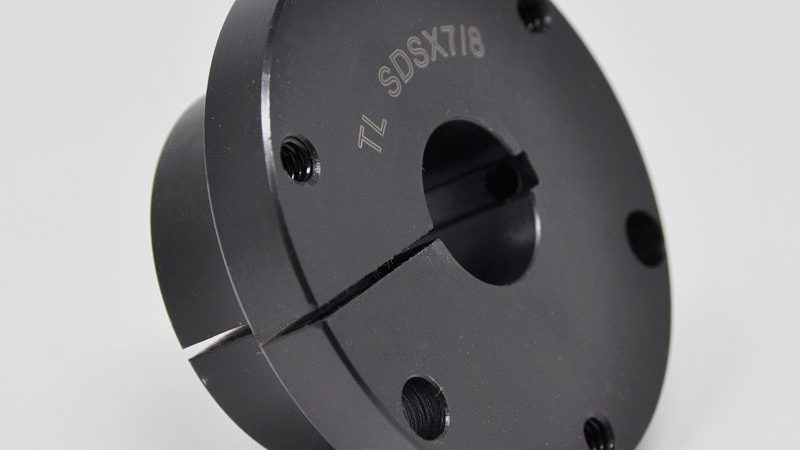A pulley has a mechanical advantage, yet it is also quite simple. It consists of a wire, a chain, a rope and a grooved wheel with two raised edges. The wheel is used for lifting heavy objects, changing the direction of the force, and moving heavy objects around. The wheel, rope, chain or poleas taper lock is determined by the force required. Inventing pulleys made man’s work much easier, and Archimedes is credited with the invention.
He did not invent the pulley but developed different compound pulley systems and improved the poleas taper lock system of the time. It is important to align the bushing’s non-threaded holes with the threads of the sprocket or sheave when installing the bushing. Install the shaft by hand, and tighten the screws into the threaded holes. Set the bushing using a rubber mallet and block if necessary to get everything squarely in place.
To reach the torque rating for your bushing and screws, cycle from one screw to another and tighten them gradually. We would have one advantage if we used a single pulley attached to the ceiling. This single pulley does not have a mechanical advantage. On the other hand, if the pulley is movable and has a weight attached to it, we have a mechanical advantage of two.

In a pulling force applied upward to one end with two lengths parallel, a rope passes around it, with one end attached to a fixed point. With this method, the weight travels twice the distance that the lifter must pull the rope, thus reducing the force applied by half. In a more complicated system with more than one pulley, mechanical advantages can be achieved more easily.
We have four pulleys in figure four below, and the weight is now spread across four ropes. Therefore, we have a mechanical advantage of 4. We would have to use only 25N of force to lift an object with a force of one hundred newtons. You will have to pull four times the rope length to lift the same weight with a pulley system with a mechanical advantage of one.Pulleys have been used for thousands of years, just like the others, and they are simple machines.
Typically, they consist of a rope or cable wound around a rotating disc with a groove or other method of keeping it from slipping sideways, and they can be fixed or movable. You can employ a pulley to lift heavy objects by pushing in the same direction gravity pulls, that is, by pulling down, and you can also use your body weight to assist in lifting the load.

